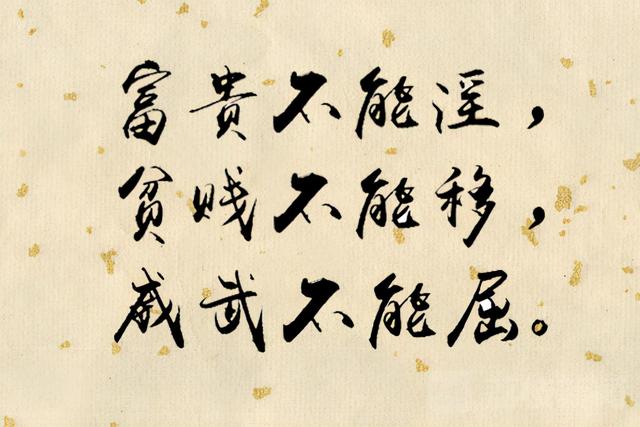学习构词法的意义是什么呢?没错,就是它可以使我们轻松容易地认识更多单词,以一种巧妙的方式扩大词汇量。英语中的构词法主要有三种,即转化法、合成法和派生法。现在,就和小V一起启程踏上探索英语构词法之旅吧!

一. 转化法(conversion)
在英语中,一个单词由一种词性转化为另一种或几种词性而词形不变的方法叫做转化法。
1. 动词转化为名词
Let me have a try.
让我试试。
2. 名词转化为动词
He shouldered his way through the crowd.
他用肩膀推开人群前进。
3. 形容词转化为动词
We will try our best to better our living conditions.
我们要尽力改善我们的生活状况。
4. 形容词转化为名词
He didn’t know the difference between right and wrong.
他不辨是非。
5. 形容词转化为副词
How long have you lived there?
你在那儿住多久了?
6. 个别词在一定场合中可转化为名词
Warm clothes are a must in the mountains.
穿暖和的衣服到山区去是必须的。
Life is full of ups and downs.
人生有得意时也有失意时。
His argument contains too many ifs and buts.
他的辩论中含有太多的“如果”和“但是”。
二. 合成法(composition)
由两个或两个以上的单词连在一起合成一个新词,这种构词法叫做合成法,合成的词叫做合成词(compounds)。合成词的写法由习惯决定,可以写在一起,也可以用连字符号连接。




三. 派生法 (derivation)
由一个词加上前缀或后缀构成一个与原单词意义相近或截然相反的新词叫做派生法。
1. 前缀
除少数前缀外,前缀一般改变单词的意义,但不改变单词的词性。
(1)表示否定意义的前缀
un- unhappy unfinished undress
dis- disagree disbelieve
in[il-(在字母l前),im-(在字母m,b,p前),ir(在字母r前)]- inaccurate illegal impolite irregular
mis- mislead mistake
non- nonstop nonsmoker
(2)表示其他意义的前缀
en-“使……” enrich enlarge encourage
inter-“相互” international
re-“再,又,重” rethink retell recycle
tele-“远程的” telescope telephone telegraph
auto-“自动的” automatic automobile
co-“共同” coworker cooperate coexist
anti-“反对,抵抗” antiwar antinuclear
multi-“多” multiply multicultural multimedia
bi-“双,二”bicycle bilingual bilateral
micro-“极小的,微小的” microwave microphone
over-“太多,过分” overwork overdo overestimate
self-“自己,本身” self-centered self-confident self-control
under-“在……下面,……下的,不足的” underline, underground, underestimate
2. 后缀
(1)形容词后缀
-able “可……的,具有……的” acceptable available reasonable
-al“与……有关的” physical, magical, political
-an“属于某地方的人” American African
-ern“方向” southern, northern, eastern
-ful/ less“(没)有……的” helpful, useful, homeless, hopeless
-ish“如……的;有……特征的” foolish childish selfish
-ive“有……倾向的” active attractive expensive
-en“由……制成的” golden wooden woolen
-ous“有(性质)的” famous, dangerous, poisonous
-ly “有……性质的” friendly yearly daily
-y“构成形容词” noisy dusty cloudy
(2)名词后缀
-er / or“表人或用具” lawyer, interviewer, visitor, professor, instructor
-ese“某国(人)的” Chinese, Japanese
-ian“某国、某地人;精通……的人” musician, Canadian, librarian, technician
-ist“某种主义或职业者” physicist, specialist, tourist,socialist
-ess“表女性,雌性” hostess, actress, princess
-ment“行为或其状态” government, movement, achievement
-ness“性质,状态” illness, sadness, carelessness
-tion“动作,过程,结果” invention, organization, translation
-ance/ ence“抽象;行为、性质、状态” significance, appearance, performance
-th“性质、情况” depth, warmth, strength
-ful“(满的)量” handful, armful, mouthful
-(a)bility“抽象、性质、状态” similarity, responsibility, curiosity
-al“过程、状态” survival, arrival, approval
-y“性质、情况” modesty, delivery, honesty
-dom“处于……状态;性质” freedom, boredom
-age“状态,行为,身份及其结果” shortage, storage, marriage
(3)动词后缀
-fy / ify“使得;变得” simplify, beautify, purify
-en“使成为……;变得” shorten, deepen, strengthen
-ize“使成为” apologize, realize, recognize
(4)副词后缀
-ly“方式,程度” absolutely, gradually, seriously
ward(s)“向……” towards, backward, upwards
(5)数词后缀
-teen“十几” fourteen, eighteen, thirteen
-ty“整十位数” forty, fifty, sixty
-th“序数词” twelfth, twentieth
全部详解详练见《高考总复习全效新方略》Unit 48 –Unit 57






